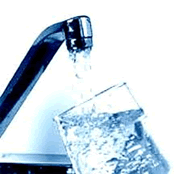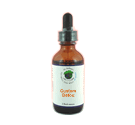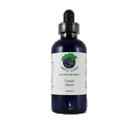 Arthropod/Vector
Bacteria
Chemicals
Fungus /Mold
/ Yeast Metals Parasites Virus Other Arthropod/Vector
Bacteria
Chemicals
Fungus /Mold
/ Yeast Metals Parasites Virus Other
|
Chloroform
Chloroform is considered somewhat hazardous. It enters the environment from chemical companies, paper mills, contaminated water from sewage treatment plants, and drinking water that contains chlorine. Chloroform can enter the air directly from factories that make or use it, and by evaporating from water and soil that contain it. It can enter water and soil when treated water containing chlorine or from spills and leaks from storage and waste sites. In addition to its industrial production and use, small amounts of chloroform are formed as an unwanted product during the process of adding chlorine to water. Chlorine is added to most drinking water. There are many ways for chloroform to enter the environment, so small amounts of it are likely to be found almost everywhere. In humans, chloroform affects the central nervous system (brain), liver, and kidneys after a person breaths air or drinks liquids that contain large amounts of chloroform. Breathing about 900 parts of chloroform in a million parts of air (900 ppm or 900,000 ppb) for a short time causes fatigue, dizziness, and headache. If you breathe air, eat food, or drink water that has small amounts of chloroform, over a long period of time the chloroform may damage your liver and kidneys. Large amounts of chloroform can cause sores when the chloroform touches your skin. Miscarriages occurred in rats and mice that breathed smaller amounts of chloroform during pregnancy and in rats that ate chloroform during pregnancy. Abnormal sperm were found in mice that breathed small amounts of chloroform for a few days. Offspring of rats and mice that breathed chloroform during pregnancy had birth defects. Results of studies of people who drank chlorinated water showed a possible link between the chloroform in chlorinated water and the occurrence of cancer of the colon and urinary bladder. Cancer of the liver and kidneys developed in rats and mice that ate food or drank water for a long time that had large amounts of chloroform in it. This is a good reason to consider drinking water that does not have chlorine in it. Also be careful spending too much time in pools that are full of chlorine (salt water pools are not any healthier). Did you know that you absorb more chlorine when showering in chlorinated water than you do by drinking the same water? |
|



